Today we are chatting about Great Dane Ear Cropping! Are there any benefits to cropping Great Dane ears? When is ear cropping done on puppies?
We will highlight the risks and benefits of Great Dane clipped ears and ear cropping, as well offer as a little bit of history, information on what to expect if you choose ear cropping for your Great Dane puppy, and more.
Is Ear Cropping Abusive?
Many anti-crop people consider the procedure of Great Dane ear cropping to be abusive, unnecessary and painful while pro-crop people tend to gloss over and minimize the procedure, risks and aftercare requirements.
The ‘Great Dane ears cropped vs. not’ debate has gone on for a long time! We hope that this blog post helps bring balance to extreme opinions and helps you make an informed decision regarding Great Dane ear cropping!
Ear Cropping in Great Danes
How to Tape a Cropped Dane’s Ears
Please be kind to others. We welcome comments below but will not approve misleading information, cursing, bullying or inflammatory statements. We take a neutral position on ear cropping, and understand that it is a somewhat heated and controversial topic. I have made every effort to present this blog post with honesty and truth, free of bias.

What is Great Dane Ear Cropping?
Great Dane ear cropping is a surgical procedure performed on young Great Dane puppies (7-10 weeks, typically).
The procedure is done under anesthesia by a licensed veterinarian. The ears are shaved and the flap is trimmed using a guide, an artistic eye and surgical tools such as scalpel, scissors or laser.
Roughly 40-70% of the ear flap is removed, leaving a much smaller, pointy ear. The cut edge is sutured and bandaged, and the puppy is given a long lasting pain medication and antibiotic.
The puppy is sent home the same day, often with a large cone holding their bandaged ears up.
Here is a fawn Great Dane puppy, before being cropped, and again as an adult with fully healed ears.
With proper after-care (more information below), cropped ears are trained to stand up on their own as we see below. Ears that are not cropped cannot stand as they are too heavy.
BEFORE & AFTER





For comparison, below. An 8 month old male Mantle Great Dane with intact ears.
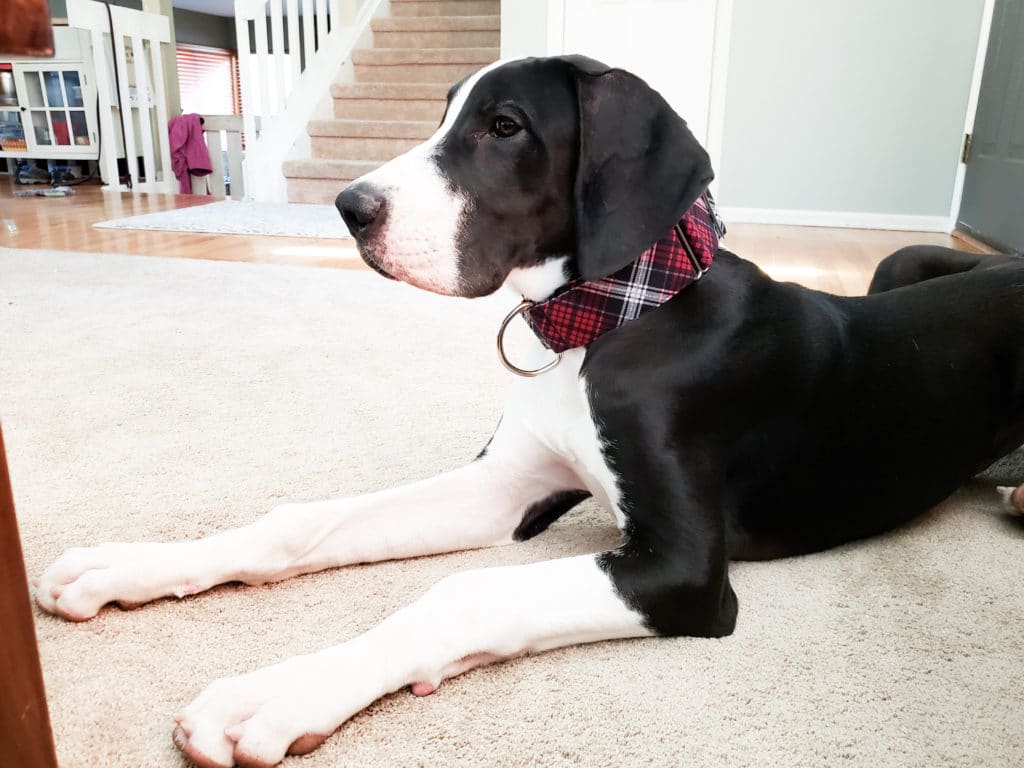
DOES CROPPING HURT ?
It is important to acknowledge that cropping is a surgical procedure involving anesthesia, cutting, blood, sutures and a healing period.
It is well tolerated, however, by most puppies especially when performed by an experienced veterinarian that offers pain medication and appropriate after-care. Were it not for that, this procedure would be inhumane and painful.
Many breeders and pro-crop Dane owners say that their puppies are all up and playing within 12 hours of the procedure, as if nothing happened at all.
Dogs do not ‘mourn’ this or worry about it, and do not know that there is any difference at all.
Many of the veterinarians that excel at ear cropping are retiring now.
We’ve heard reports that many current veterinarians will NOT crop ears, but that show breeders often have connections (some of which may or may not be entirely ethical in their cropping practices).

What are the Benefits of Ear Cropping Great Danes?
Ear cropping is primarily aesthetic.
It is noted that as a general rule, show dogs with cropped ears often receive better placement.
Cropping may reduce the chance that a dog will develop a hematoma (a painful blister or sore on the ear flap that bleeds).
Some believe that cropped ears are less susceptible to ear infections, however studies (and the AVMA) do not currently back this theory up.
Cropping was originally performed because it helped prevent working dogs from ear injuries. Working dogs may benefit from being cropped.

As of this writing, the AVMA (American Veterinary Medical Association) considers cropping to be cosmetic and medically unnecessary. Fewer and fewer veterinarians in the U.S. will perform it, and many Countries have outright banned it by law or by restricting cropped dogs from competing in kennel club events.
Ultimately, ear cropping is a highly personal choice and a decision that, when done by a licensed veterinarian, you should not feel bad about making.
Cropping a puppies ears under anesthesia is not abuse, especially not when you compare it to the fact that millions of dogs are actually starved, neglected and beaten.
Comparing professionally done ear cropping to abuse or torture is inflammatory and misguided.
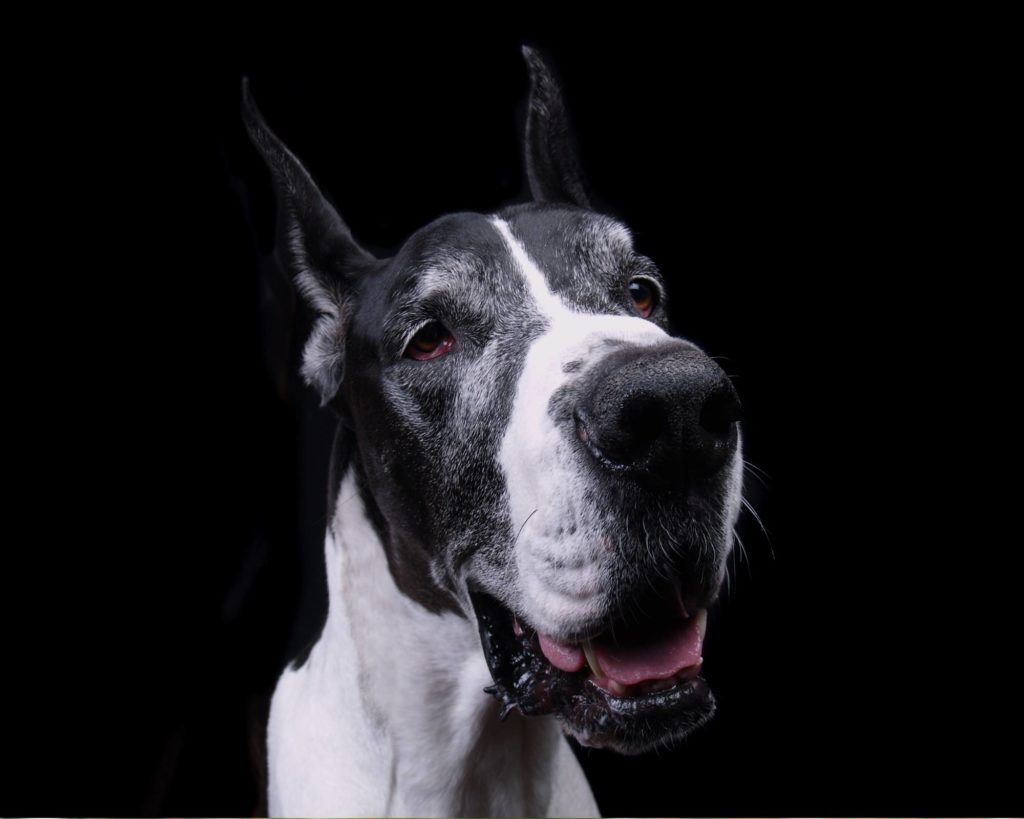
What are the Risks of Ear Cropping
- Anesthesia comes with its own risks. With any surgical procedure, death is a possibility.
- Unhealthy puppies and those with blood clotting or heart disorders may be especially at risk; chat with your veterinarian.
- Infection & scabs can be somewhat common complications. It is important that the ears are kept clean, dry, properly bandaged and cared for. Healing should be closely monitored.
- Some ears never stand properly, even with diligent posting and bandaging.
- Because cropping happens during the prime socialization window, it is important that the entire process is as positive as possible.
- Antibiotics, pain medication & anesthesia can have negative effects on gut health.
When choosing ear cropping, we recommend making sure your puppy is receiving vitamin C (which can help them process stress and heal) and has had at least 48 hours to settle in at your home before the procedure. Ideally, cropping is handled by the breeder at 7 weeks of age.
Moving to a new home, a change in diet and then surgery can be a lot for a little puppy to handle, so chat with your veterinarian and breeder to ensure that this transition is as smooth as possible.

Show Dogs & Great Dane Breeders who Crop Ears
The majority of dogs competing in conformation (dog shows) in the United States are cropped.
Many believe that cropped dogs, in general, score better, however there is a growing movement of breeders showing un-cropped dogs and judges who do not bias towards cropped.
For breeders that do still crop, many actually crop entire litters as part of their process before the puppies go home at 8-10 weeks. They take care of the early healing and guide owners on the posting and taping required to make the ears stand up.
Chat with your breeder! We believe this is one of the healthiest ways to deal with cropping in Great Danes (have the breeder do it).
Off Color and Designer Great Danes
Miniature Great Danes: The Pocket Size Version
Bad Breeders
Scam Breeders: What to Look For
Breeders: Shady Business
Should I Choose a Breeder or Rescue?
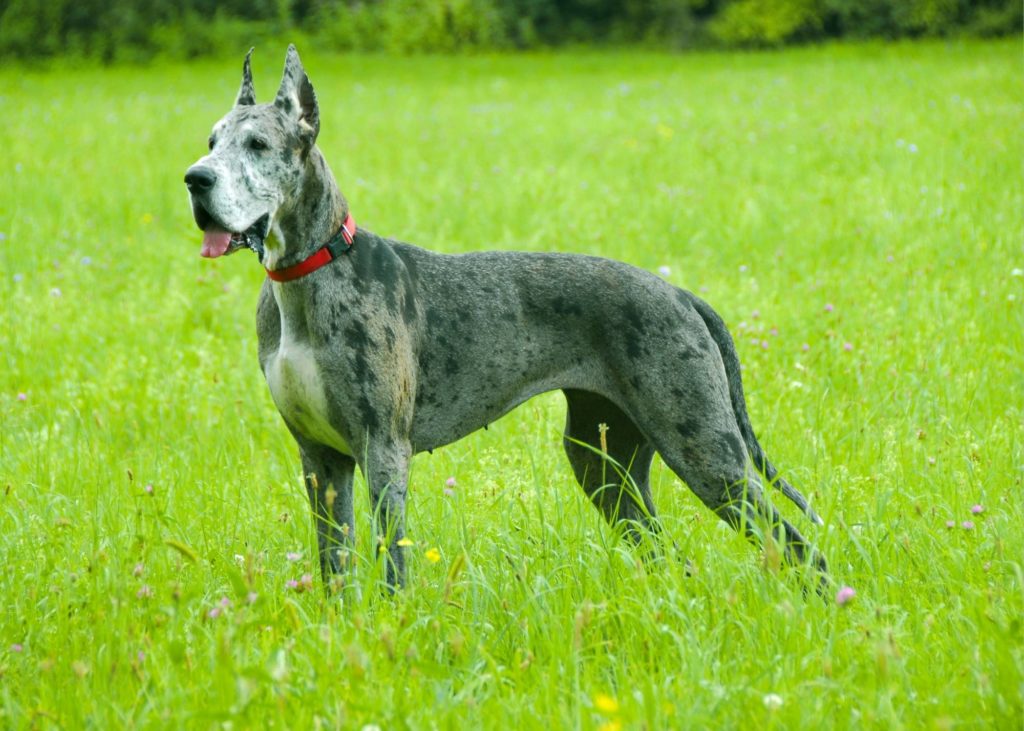
Great Dane Ear Cropping Veterinarians
It is extremely important when choosing to crop your puppy that you choose a veterinarian that has an amazing portfolio and plenty of experience. A good breeder can provide recommendations if they themselves don’t take care of the cropping.
In addition to a portfolio of previous work (that was ideally done on high-performing show dogs from ethical breeders), the veterinarian should be interested in the health and comfort of your puppy.
Because this procedure is largely aesthetic, a crop performed by the wrong hands could mean that your dog looks awkward, unbalanced or crooked. It’s like getting a bad nose job! Permanent.
We’ve seen some really questionable crop jobs in both Danes and Dobermans, and heard of a few sketchy cropping operations.
Don’t give your dog a permanent “bad haircut” or traumatic experience by choosing the wrong veterinarian!
A crop that is done properly is done with care and with the overall final look in mind.
The ears will be symmetrical, cut in a manner that will give them the best chance of successfully standing, will heal beautifully (no jagged edges or scar tissue), and will perfectly balance and show off the shape of the head.
Most importantly, a good veterinarian will make sure that your puppy has a good experience. They will not skimp on pre and post-op care, proper anesthesia protocols, or otherwise.
This is not something you find the cheapest vet for. Get recommendations and ask a lot of questions.
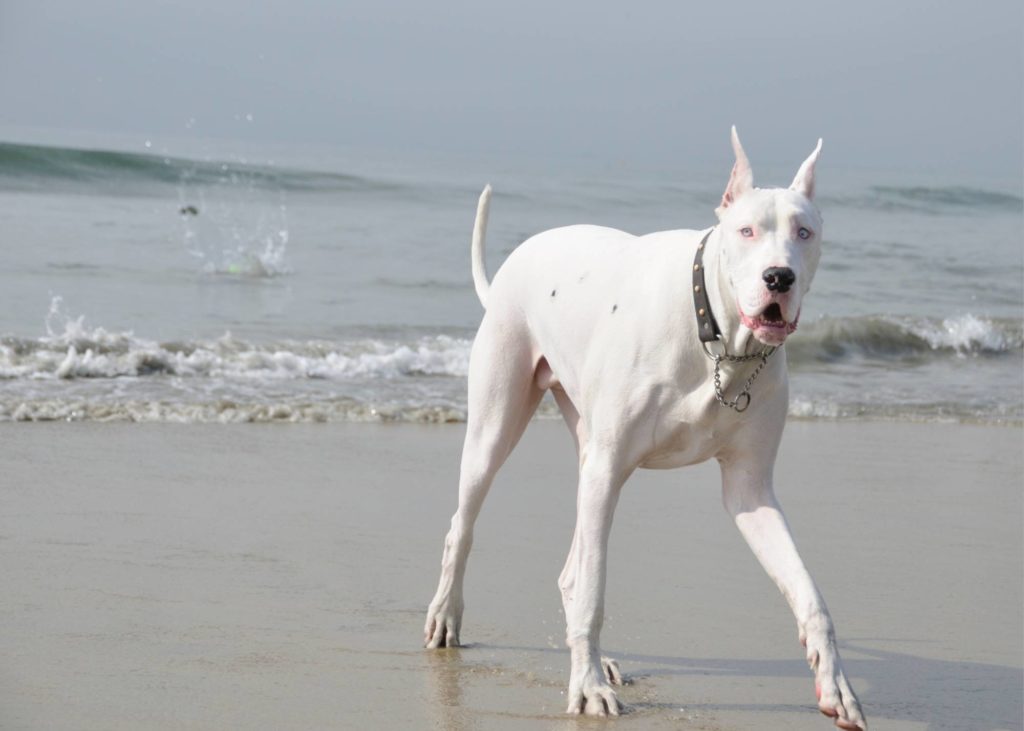
Great Dane Ear Crop Styles
Chat with your breeder and veterinarian about the best style for your puppy.
Show Crop – this is the most beautiful crop, longer and often with a little flare at the tip. This crop is the most difficult in terms of getting the aesthetic correct and getting the ears to reliably stand.
Pet Crop – this is a medium crop, easier to care for and a great choice if you are new to cropping. The ear is cut shorter overall and may not have the same artistic flare or regal look as a show crop.
Short Crop – most of the ear flap is removed and the final cropped ear is short and sturdy. Usually reserved for working dogs.
There is a huge range of styles and looks to choose from, even within these basic categories.
Look online for images and ask to see your veterinarian’s crop portfolio for inspiration. It is also helpful to look at photos of your puppies pedigree, many of them may have been cropped and you can get a better idea of what crops look best within the lineage that your puppy shares.
If your veterinarian doesn’t have a crop portfolio, keep looking. They should be proud to show off their work in this department and it should be something that they regularly do.
Additionally, some puppies should NOT be cropped because they aren’t healthy enough (parvo, blood clotting disorders, poor breeding situations, etc.) or have ears that aren’t built in a way that is conducive to success (may be common with puppies from breeders not focused on appropriate conformation of the Great Dane head).
A good breeder and veterinarian will prioritize educating you on this before choosing profit (from doing the procedure anyways). Be open to their opinion and advice.
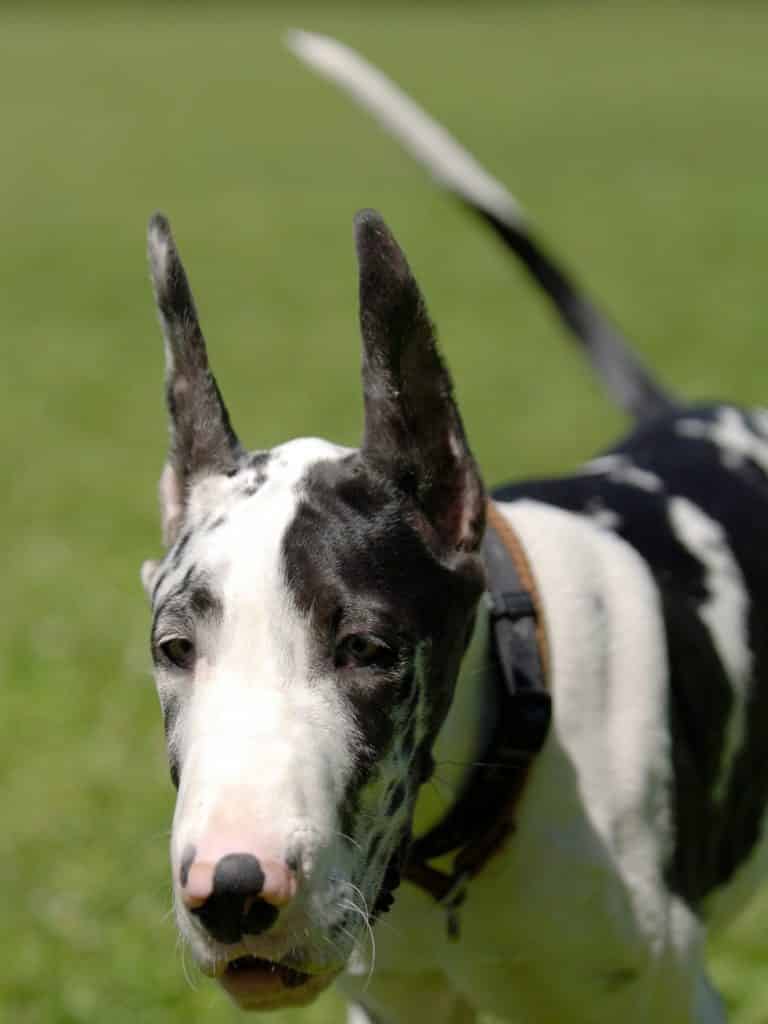
Great Dane Puppy Ear Cropping After Care
After the cropping procedure your puppy may be drowsy or loopy, and may decline to eat for a short time while the anesthetic works its way out.
It is imperative that the ears be kept clean and dry. Keeping nails properly maintained can help minimize scratching and damage to the newly (less than 14 days) cropped ears.
Supervise your puppy and discourage other dogs in your home from licking the sutures, as they will likely be exposed during the initial healing period.
At first, the ears may bleed and the puppy may be bothered by the cone and the incisions, so discourage your puppy from fussing with it.
Many people report that they are surprised how bloody and messy their puppies crop is the first days following the procedure. Be aware of this so you aren’t surprised, especially if you are squeamish.
It may depend on the skill of your veterinarian how ‘neat’ and clean the fresh crop incision and bandages actually looks.
Some veterinarians will have you clean the sutures often with a Betadine or similar topical, and will want you to keep a close eye on the formation of scabs and scar tissue that can be problematic for the success and final aesthetic of the crop.
Infections are a notably common complication with Great Dane ear cropping. Know the signs: discharge, redness, heat and swelling in addition to the possibility of a fever, lethargy and occasionally signs of illness (vomiting, diarrhea).
A puppy in pain may whine, pace, cry, shake or scratch at the ears. Make sure your vet has prescribed adequate pain medication, and call if you have questions.
This is not the time to bath your puppy or encourage play in water or mud! Follow the aftercare instructions provided by your veterinarian.
The veterinarian will schedule an appointment for suture removal (usually by 14 days, often sooner). Your puppy may need to wear a ‘cone of shame’ if he/she is particularly fussy about the sutures (which may become itchy as they heal!).

Great Dane Ear Posting & Taping
Once the sutures have been removed, you will need to keep the ears clean and dry and maintain a schedule to change bandages and posts. Depending on the bandages you choose, you can expect to change them every 2-7 days on average.
Cropping requires months of diligent after-care, especially if you chose a longer show crop!
Your veterinarian and breeder can walk you through this process and teach you their tricks, which can involve everything from bandages to stickers, tape, tampons and rubber cement.
The ears will need to be taped and posted until the cartilage has fully set and the ears are standing reliably on their own, usually 5-9 months, occasionally longer.
It is best to stick with the process of posting and not give up too soon. The ears may quickly appear to stand fairly well, but if left without support for too long may quickly fall again.
Read about Ear Cropping & Taping HERE
Do not stop until you are positive teething has been completed and your puppy is holding the ears up.
It is important that the cartilage has had every chance to develop properly, and that the puppy has been encouraged to perk the ears up on top of their head. You can whistle, clap and make silly sounds to encourage this!

Great Dane Cropping Cost
Costs depend largely on your location and may even be further driven by the experience and quality of the veterinary performing the procedure.
Some veterinarians specialize in cropping and will have lots of resources and a portfolio to share with you. This is ideal.
Breeders that have entire litters cropped on the same day will typically receive a bulk discount, and they roll the cost of the crop into the price of the puppy. This is often the simplest and most cost effective way to have a cropped Great Dane puppy.
When you are pursuing crop yourself, expect to pay anywhere from $250-$1200.
There may be additional expenses associated with travel (if you cannot find a good cropping veterinarian locally), posting (the supplies can cost money each month) and complications (infections may require additional medications, veterinary visits and treatment).

With all things related to Great Danes, we believe that knowledge and educated ownership is important. We hope this guide helps you make a truly informed decision about ear cropping! Hello Danes will support you, 100% with whichever you choose.
As above, we believe there are things happening the world of Danes that are infinitely more problematic and abusive (including backyard breeding) than an elective, mostly benign procedure done by a veterinarian with proper pain and infection control. There is nothing wrong with being informed, OR with choosing the procedure as an informed pet owner.
The information contained in this post is for informational purposes only. We do our best to present the most up-to-date research, however it is up to the reader to make decisions regarding the health and well-being of their dog. We make no claims here to prevent or treat bloat or any other condition related to Great Danes. Find a veterinarian with GIANT breed experience, and chat with them.
Some of the products we list on our website contain affiliate links. If you choose to make a purchase, we may receive a small commission for referring you. We only recommend products that we truly believe in. This commission does not affect the price of the product and is used to fund our content and expenses related to operating this website.


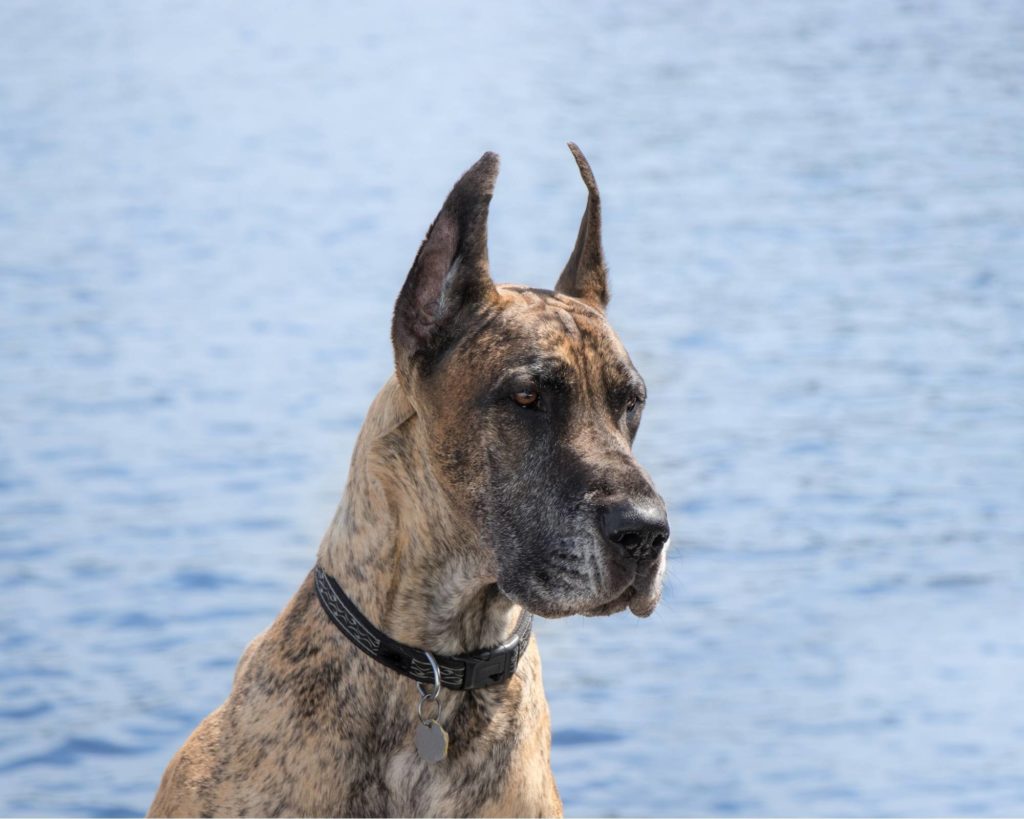


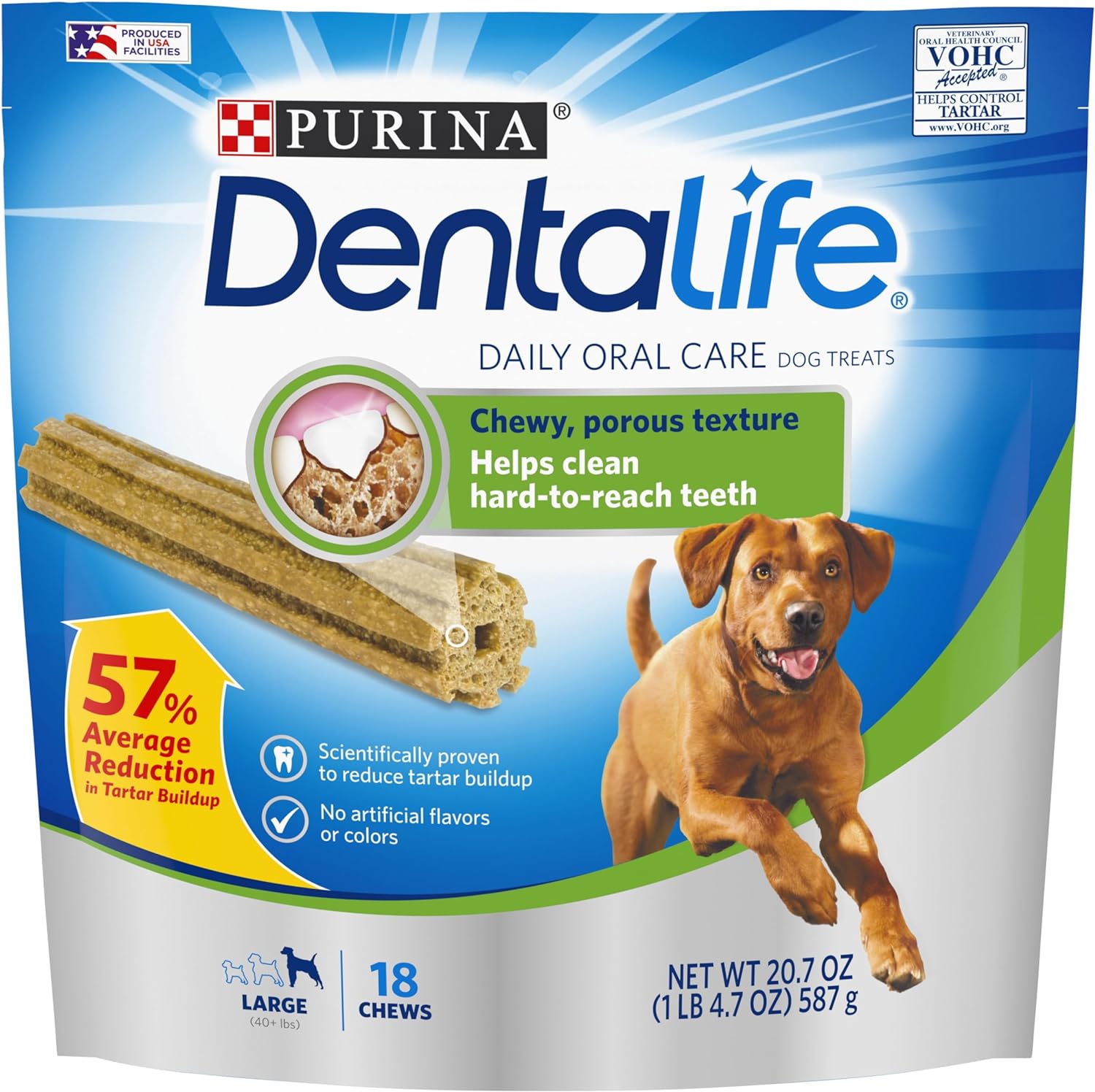
4 Responses
I am in search of a qualified surgeon to perform a pet crop for my puppy. He will come home in March. I am an experienced Dane owner, this puppy in number 4. The 2nd and the 3rd I left natural. The results of that for the third have not been good, so the baby will be cropped. My old surgeon is retired. I live in Pierce County, WA, and would like to find someone in Western WA, so the drive home is not to long for the baby.
Because cropping tends to be controversial, the *best* cropping vets are usually tricky to find. They don’t tend to advertise, so you hav to find them ‘through the grapevine’. I’m not personally aware of any cropping vets in that area, but there are two places to ask:
Search the breeder registry at http://www.gdca.org for your area and ask show breeders who they use. They *may* be willing to share that information. Ideally, your breeder is connected with that community and knows who is being used for this, too.
OR, visit the group on Facebook called “Great Dane Lovers of Cropped Ears” and search there. You can also start a new post and see who others have used.
Let us know how it goes!
I’m honestly not trying to be inflamatory this is an honest question. Would you cut the ears of your baby for aesthetic reasons?
It’s not a choice that I personally make, or would make for my dogs, no. But I can simultaneously choose not to do the procedure, and recognize that the people who DO choose it are not bad or abusive. There are so many things that are infinitely worse than a minor surgical procedure that is done by a veterinarian under anesthesia. People do all sorts of horrible things to their animals…and yet, those things are seen as normal. I’m having a hard time being an activist against ear cropping when those dogs are 100% fine. Have you met any cropped dogs? They are completely ok and in families that care about them very much.
Here are some examples where the outcome of human choice is not “fine”:
-Harsh Cesar Milan style training methods (learning how to ‘train’ dogs from reality television)
-Allowing dogs to become obese, or have their teeth rot out of their head because they are “too old” for a dental cleaning
-Feeding unbalanced diets because the pet food industry and unqualified influencers have convinced people to fill their pets bowls with only the most expensive “holistic” food and a laundry list of supplements
-Breeders who cut corners on health testing and basic ethics
-Influencers out there convincing pet owners that their veterinarian cannot be trusted, and that vaccines, flea/tick meds, and certain foods are toxic and will kill their pet.So much animal abuse stems from this belief system, which encourages pet owners to seek home remedies instead of proven treatments.
All of those things are incredibly common and those dogs are not fine. Yet…ear cropping is the one people get upset about. It’s not a procedure I personally love, no…but I do find it a silly, minor thing to put so much energy into hating. Ear cropping is losing favor in many circles and it’s no longer practices in several Countries. There are Great Dane breeders who show their dogs, that have decided to stop cropping. The breed standard allows for natural ears in the show ring, and newer judges are much more accepting of natural ears. There is no urgent need to eliminate it…it’s going away on its own.